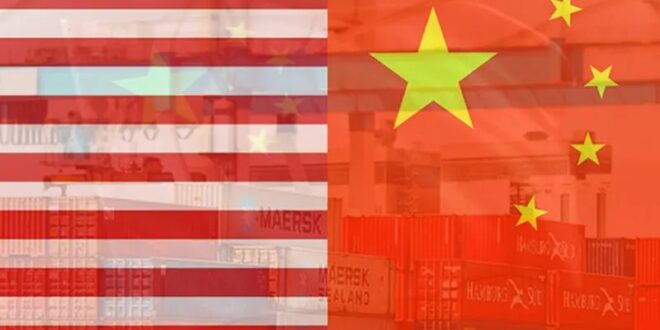The ‘phase one’ trade deal between the United States and China entered into force on 14 February 2020. As part of this agreement, China agreed to make structural reforms, open up its financial services and strengthen intellectual property. China also pledged to buy at least US$200 billion in additional US goods and services over 2020 and 2021.
But after almost two years, complaints have arisen about China not meeting its obligations. According to some statistics, China has reached only 62 per cent of that target, raising the question of compliance and enforcement under the phase one deal.
The United States and China agreed to an innovative approach as part of their agreement, detailed in chapter seven. The phase one deal created the Trade Framework Group to discuss the agreement implementation, led by the US trade representative and a designated Chinese vice premier, with a bilateral evaluation and dispute resolution office for each party.
As in a typical trade agreement, a complaining party can submit an appeal to the office of the party complained against when an issue arises. If the issue is not resolved, it can be raised to the designated deputy US trade representative and Chinese vice minister.
If the concerns of the complaining party are not resolved at that level, then ‘the parties shall engage in expedited consultations in response to the damages or losses incurred by the complaining party’. If the parties do not reach a consensus, the complaining party can suspend an obligation under or adopt ‘a remedial measure in a proportionate way’.
The language used creates room for wide interpretation. Rather than achieving the purported goals of managing trade peacefully, the dispute resolution language may lead to an escalation of trade tensions. Under the terms of the phase one deal, it is the complaining party who determines whether there is a violation of the agreement, rather than an independent panel or tribunal. The deal is also not clear on the remedial measures that can be taken by the complaining party and for how long these measures can be taken.
So under article 7.4, the United States can unilaterally determine whether a violation has occurred, the duration of the suspension of concessions and the severity of this suspension.
The question of whether the United States will take unilateral measures to enforce the phase one deal remains. Though US officials have made statements indicating that this is likely, evidence suggests that enforcement under the phase one deal may not happen.
When the United States takes action, China can either accept the remedial measure — along with a promise not to retaliate — or withdraw from the phase one deal. The latter option is more harmful than taking the remedial measure.
From an economic perspective, any targets achieved under the deal are better than no deal or reverting to trade wars with China.
From a geopolitical perspective, there are few alternative venues to force China to abide by its trade obligations. The World Trade Organisation (WTO) is in bad shape, especially its Appellate Body, ‘the crown jewel’ of the organisation, which has the final say on trade disputes. Over the years, the Appellate Body has developed a strong tradition of precedents. This, in part, subjected it to criticism mainly by the United States and eventually led to blocking the appointment of Appellate Body judges. It is also doubtful whether the phase one deal is legitimate under WTO rules, since it prohibits measures such as bilateral voluntary export restraints and orderly marketing agreements that limit the import of certain products.
There is also the question of whether the substance of the deal is legitimate. The purpose of this deal is to manage trade instead of correct market problems between the United States and China. One of the main provisions of the deal is that China engages more heavily in trade with the United States. The phase one deal creates trade diversion whereby imports of US goods into the Chinese market would replace imports from other countries. Therefore, the United States and China walk a fine line so as not irritate their relations with other countries such as the European Union, Brazil, and Australia.
This provision of the deal can be attributed to the misdiagnosis of the market issues between these two countries by former US president Donald Trump. According to Trump, the root of the market issues between the United States and China was the trade deficit. But managing trade to improve the economic relationship is the wrong approach.
Opening the phase one deal to re-adjustment and negotiations is the most plausible option in the short term. Despite its flaws, the deal has had some success. For example, China pledged to strengthen the enforcement of intellectual property law violations, remove technical barriers to trade and expand opportunities for foreign investment. China was willing to import from the United States in increased quantities, making the sentiments behind the deal valid.
Washington should re-attempt to establish diplomacy and negotiations. Not only would the United States benefit from having intellectual property protections honoured in China, but the deal would provide more US investment opportunities in the future and help alleviate the impact of the trade war.
 Eurasia Press & News
Eurasia Press & News




